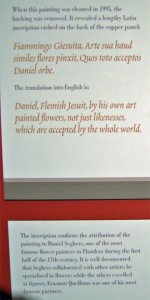- Joined
- Sep 2, 2002
- Messages
- 2,859
Thinking about some recent threads here, I have compiled a small article, which you can find in the journal: Article
Any comments are welcome, of course.
OK, I admit. I cannot stand Garry being most popular author of the Journal, and this is an effort to take the lead again. Too bad that I cannot produce such a sexy pic of myself, like he has, so I will just have to try it with a lot of articles.
Live long,
Any comments are welcome, of course.
OK, I admit. I cannot stand Garry being most popular author of the Journal, and this is an effort to take the lead again. Too bad that I cannot produce such a sexy pic of myself, like he has, so I will just have to try it with a lot of articles.
Live long,











300x240.png)